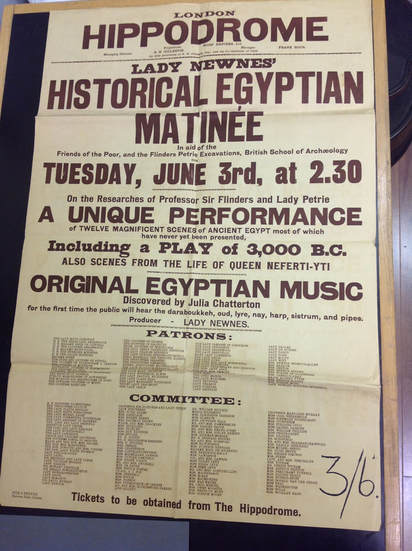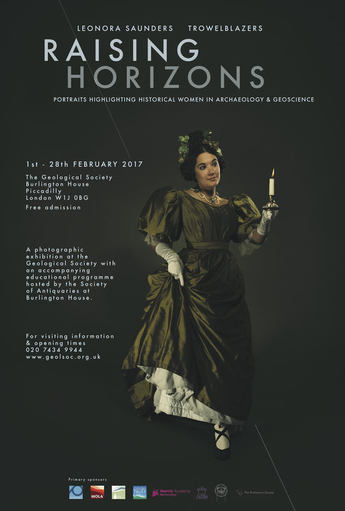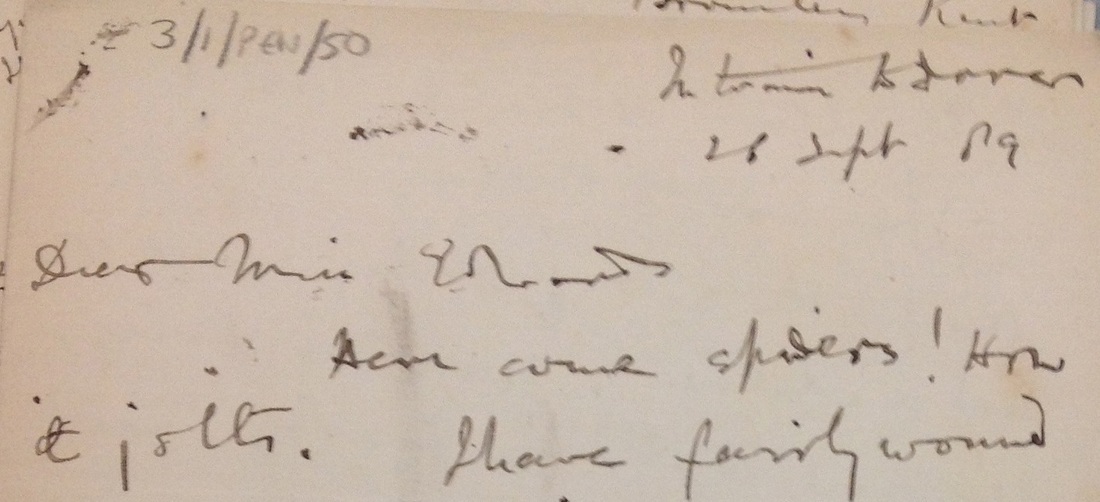This month's blog is on Ure Routes, as last week we installed a new exhibition at the Ure Museum, "Allen Seaby's Archaeology for Children". The genesis of the display goes back to my first few months at Reading. I met Laura Carnelos, who was then cataloguing collections in the Typography Department. She drew my attention to some material she was working on that was relevant to archaeological publishing. One of them is the archive of artist Allen Seaby.*
Seaby was a Professor of Fine Art at Reading in the early 20th Century, but he also wrote books on archaeology for children. Laura had in the course of cataloguing come across an unpublished manuscript, "Leon of Massalia", a story set in ancient Greece.
Of course, this intrigued me because of the books for children I wrote about in Archaeologists in Print. It led me to look more into Seaby's works, and the ways in which he presented archaeology and archaeological discoveries for younger readers. A few months later, we were installing the exhibition!
It took on a new form at rather the last minute, with a unexpected and very generous loan of lots of relevant sketches and preliminary drawings from Allen Seaby's grandson, the artist Robert Gillmor, to whom we are extremely grateful.
With installation imminent, Ure Museum curator Professor Amy Smith and I sat down and talked through Seaby's life, and the materials we had gathered on loan from Robert Gillmor, the Typography Department and the Children's Collection (part of Special Collections). The concept ended up falling rather naturally into chronological phases when mapped against Seaby's life; these became "Chapters", mimicking a book, as I drafted the handlist.
*The other is the Isotype collection.




 RSS Feed
RSS Feed